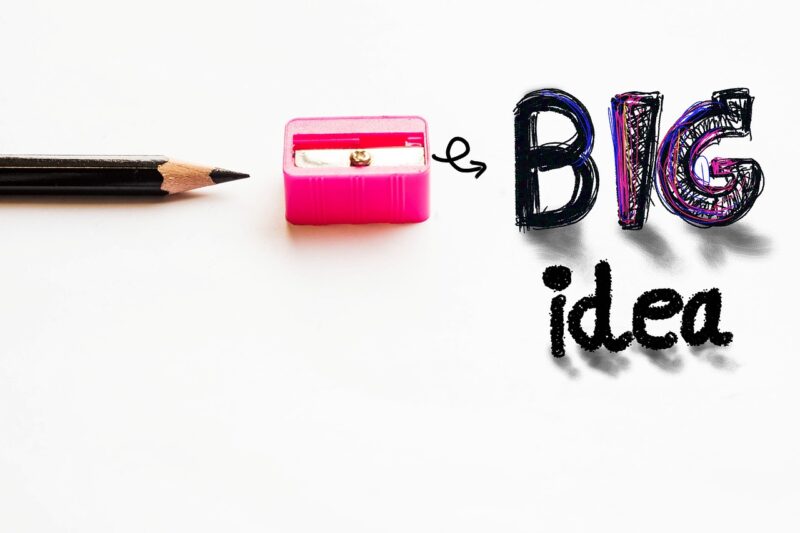
Accidental discoveries have brought us some of the most noteworthy inventions that have transformed our daily lives. Sometimes, breakthroughs and innovations arise from something completely unexpected, where the inventor had an entirely different goal in mind. From improving our health to reshaping our comfort, countless products have emerged from serendipity. In this article, we’ll explore some of the most significant accidental inventions that have changed the world as we know it.
1. The Microwave Oven
The microwave oven is a staple in kitchens around the world, but its discovery was entirely unplanned. In 1945, Percy Spencer, an engineer working on radar technology for Raytheon, noticed that a chocolate bar in his pocket melted while he was working with a magnetron. Curious about this phenomenon, he conducted experiments and discovered that microwaves could cook food quickly.
Spencer built the first microwave oven, called the “Radarange,” which was a large and expensive machine primarily used in restaurants. With time, microwave ovens became more affordable and compact, revolutionizing how we cook and reheat our meals.
2. Post-it Notes
In 1968, Spencer Silver, a chemist at 3M, was attempting to develop a super-strong adhesive. Instead, he created a much weaker adhesive that could stick to surfaces but easily peel off without leaving residual glue. The product was initially deemed a failure.
However, his colleague Art Fry found a practical use for this adhesive while trying to keep track of his bookmarks in hymnals. He combined Silver’s adhesive with a small piece of paper, and Post-it Notes were born. Today, these sticky notes are an indispensable organizational tool in offices and homes worldwide.
3. The Penicillin Breakthrough
In 1928, Alexander Fleming, a bacteriologist, returned from vacation to find that a petri dish of Staphylococcus bacteria had been contaminated with mold spores. Instead of discarding the dish, he noticed that the bacteria surrounding the mold had died.
Fleming identified the mold as Penicillium notatum and later isolated the antibiotic substance called penicillin, which became an important treatment for bacterial infections. The discoveries made from this accidental contamination marked the beginning of modern antibiotics and saved countless lives.
4. Velcro
In 1941, Swiss engineer George de Mestral took his dog for a walk in the woods and noticed how burrs stuck to his clothing and his dog’s fur. Upon examining the burrs under a microscope, he was intrigued by their hook-like structure.
Inspired by this natural adhesion method, de Mestral set out to create a similar fastening system. After years of experimentation, he developed the hook-and-loop fastener we now commonly know as Velcro. Velcro has since found applications in countless sectors, including fashion, aerospace, and medicine.
5. Crazy Glue (Cyanoacrylate)
In 1942, while working on developing materials for aviation, Dr. Harry Coover accidentally created a substance that was too sticky and didn’t meet the needs of his research. The compound, cyanoacrylate, remained shelved for years until it was rediscovered in 1951 when Coover realized its incredible bonding properties.
Branded as Super Glue, this versatile adhesive revolutionized how people connect and repair a wide range of items in their daily lives—from crafts and home repairs to medical applications in emergency medicine.
6. Teflon
In 1938, chemist Roy Plunkett was experimenting with refrigerants when he discovered that a gas he was working with had polymerized into a white waxy solid. This solid turned out to be polytetrafluoroethylene (PTFE), later branded as Teflon.
Initially, Teflon did not have a significant application until the 1950s when it was marketed for non-stick cookware. Since then, Teflon has become a must-have for cooking appliances, making meal preparation and cleanup much easier.
7. X-rays
The discovery of X-rays is attributed to Wilhelm Conrad Roentgen, who stumbled upon them in 1895 while experimenting with cathode rays. He noticed that a fluorescent screen in his lab was glowing even though it was far from the apparatus he was working on. Roentgen theorized that invisible rays were causing this effect.
After further experimentation, Roentgen produced the first X-ray image—a photograph of his wife’s hand. His groundbreaking work earned him the first Nobel Prize in Physics in 1901, marking the beginning of an era of medical imaging that has saved countless lives and transformed diagnostics.
Conclusion
Accidental discoveries highlight the beauty of human creativity and adaptability. These inventions remind us of the importance of curiosity and open-mindedness. Often, the unplanned outcomes can lead to innovations that change lives and define eras. As we move forward, let’s continue to foster a mindset of exploration and welcome the unexpected occurrences that could lead to the next great invention.
In our fast-paced world, it’s important to remember that innovation often comes from the most unlikely sources. Who knows what everyday objects around us might lead to the next revolutionary discovery? Stay curious, and be prepared for the next chance encounter that could shape your world in ways you never imagined.







